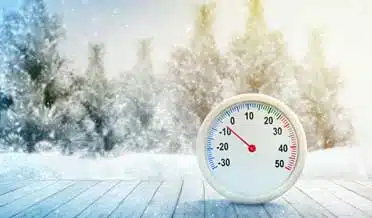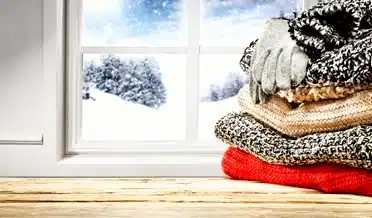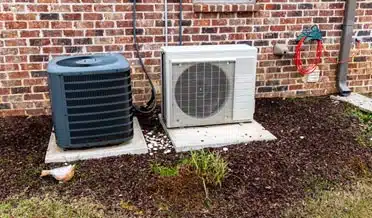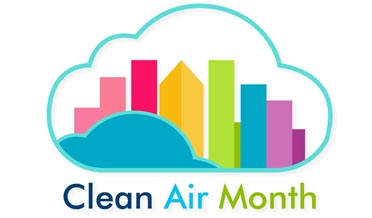HVAC Hurricane Preparation Tips for Katy Homeowners
The predictions for hurricane season 2024 are about normal; the number and severity of named storms is about the same as the last few years and 4 to 5 major storms are expected to make landfall along the US coast. Since South Texas has a coastline prone to hurricane landfalls, this pre-storm season is a time to do serious HVAC Hurricane Preparation.
These plans include storing pre-prepared food and plenty of water, determining when to board windows, mapping evacuation routes, and preparing various building systems for high winds, heavy rainfall, and frequent lightning.
HVAC Hurricane Preparation plans for residential HVAC systems are often ignored or receive little attention than necessary. Here are six HVAC Hurricane Preparation tips that deserve more consideration.
HVAC Hurricane Preparation Tip 1: Review Insurance Coverage
All insurance policies are not created equally, so make sure that you are adequately covered for hurricane damage. The wrong time to discover you are underinsured is after the storm. The damage from such storms might be minor and it might be severe. Does your coverage include making repairs to expensive building systems like your heating and air conditioning system? You have a few weeks to investigate this issue.
HVAC Hurricane Preparation Tip 2: Generator Installation
Major hurricanes are only one reason to consider a whole-house generator; anything that threatens the power grid gives reason to contemplate the purchase and installation of a generator. Planning an installation takes time for design, site prep, and wiring installation—the installation process might take a month or more. If you need a generator installed, begin now without delay.
HVAC Hurricane Preparation Tip 3: Consider a Whole-house Surge Protector
The threat from lightning is greater during a major thunderstorm than from a hurricane, but the wind will produce multiple power surges as the power fluctuates rapidly. Does the danger warrant installing protection that prevents major power surges?
If a surge protector is not installed before the next storm, make sure to trip the breaker, shutting off the main power supply during the worst part of the storm to avoid damage from strong surges. If you plan to evacuate before the storm arrives, shut off the main power to the house and the water supply to avoid damage in your absence.
HVAC Hurricane Preparation Tip 4: Remove Identified Flying Objects
Take a walk around the property, noticing objects that can be picked up by winds that often exceed 100 mph. Large items, like lawn furniture, should be stored away. But other items that seem small and innocent enough need to be stored as well; your garden gnome might end up in the neighbor’s front room or the next subdivision.
HVAC Hurricane Preparation Tip 5: Condenser Protection
The outdoor portion of a central air conditioning system is the condenser unit, and the condenser is especially vulnerable to hurricane damage. Explore methods to both secure the unit to the pad and protect it from flying debris. If the condenser’s pad is vulnerable to flash flooding, consider raising it out of harm’s way.
HVAC Hurricane Preparation Tip 6: Careful Post-storm Inspection
When the worst of the storm has passed, do not make assumptions. Turn the power back on before making a thorough assessment of the house and yard.
- Before stepping outside, look for downed powerlines. The current from such lines, lying in a puddle or on saturated ground, can be deadly.
- Look around for damage from downed limbs or trees.
- Inspect the condenser unit for damage from wind, flying debris, and flood waters.
Do not restore power to the home if the home or condenser unit has been damaged. A minor problem can become a catastrophic failure if repairs are not done.
Get HVAC Hurricane Preparation Tips from All Cool AC & Heating
Contact All Cool AC & Heating today at 281-238-9292 or contact us via email and let our NATE-certified technicians with your HVAC Hurricane Preparation.









